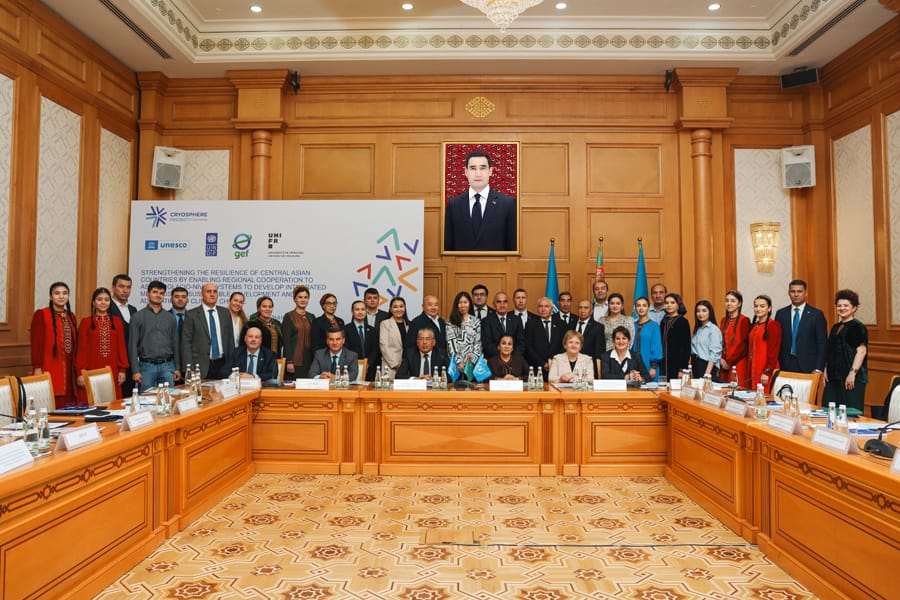On October 8-9, a seminar on the cryosphere of Central Asia was held in Ashgabat.
As reported by “Turkmenistan: Golden Age”, the seminar was held within the framework of a regional thematic meeting with the participation of employees of environmental and hydrometeorological ministries and departments of Turkmenistan, Kazakhstan, Kyrgyzstan, Uzbekistan and Tajikistan.
“This is not the first meeting to monitor the state of the cryosphere in Central Asia, the state of which directly affects the flow rate of transboundary waterways - the Amu Darya and Syr Darya, the main suppliers of water to the economies of five countries”, - notes Pirli Kepbanov, director of the National Institute of Deserts, Flora and Fauna.
The rise in temperature has already changed the climate and led to certain consequences. Today, more frequent and strong natural sharply continental cataclysms are observed, on the one hand, this is abnormal heat in previously moderate climate zones, drought, and on the other - floods and forest fires.
The Regional Cryosphere Project in Central Asia promotes scientific cooperation, sustainable development strategies and adaptation in the context of changing hydrostructure of transboundary waterways.
Experts will study in detail the state of the cryosphere, a significant factor in maintaining the balance of the region's cascade of ecosystems.
Over the past decades, glaciers in Kyrgyzstan and Tajikistan, the “water towers” of Central Asia, have been shrinking.
“There are no glaciers in Turkmenistan, but we depend on their condition, since they form the full-flowing Amu Darya, which originates in the mountain systems of the Pamirs and Hindu Kush. This river, from which the Karakum River in turn begins its flow, provides almost 90% of our country's need for fresh water, most of which is used for agricultural needs”, - the scientist notes.

